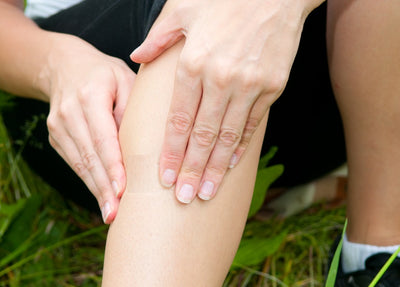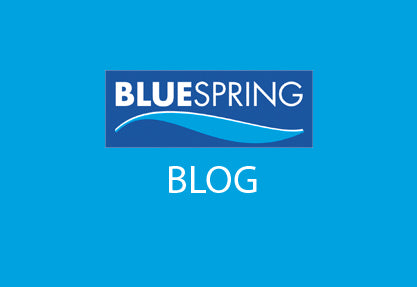Shin splints are a common problem for athletes, military recruits, and dancers. This condition is characterized by pain along the front of the lower leg bone (tibia) between the ankle and knee. Any activity or occupation that involves strenuous lower body exertion with frequent stops and starts or increases in physical intensity can cause shin pain to occur.
The medical terminology for this condition is medial tibial stress syndrome (MTSS). However, a variety of different diagnoses can also be considered MTSS, such as:
1) Delayed Onset Muscle Soreness (DOMS) – DOMS refers to the discomfort that gradually increases over the course of a day or two after intensive physical exertion as a result of the microscopic tears that form when muscle tissue is uncommonly stressed. The tears become inflamed and cause aches, pains, muscle fatigue or cramps that are typically mild. DOMS symptoms can be relieved through stretching, resting, applying heat and/or ice, getting a massage, and taking an anti-inflammatory medication.
2) Periostitis – Periostitis is an inflammatory condition affecting the tissue surrounding the bones (periosteum) that often impacts people who frequently engage in strenuous and repetitive physical activity. Symptoms of periostitis are usually mild to moderate but can include aches, pains, inflammation, and swelling. Stress-related periostitis can be treated with rest and ice. However, there is a much more serious form of periostitis (acute) that is caused by a systemic infection which results in intense pain, pus formation, and fever. If you have those additional symptoms, please seek medical attention.
3) Tendonitis – Tendonitis refers to the inflammation or aggravation of the fibrous chords which connect bones to muscles. Tendonitis most commonly affects the heels, knees, wrists, and shoulders and can be caused by traumatic injury or repetitive activity. Symptoms include dull, achy pain, swelling, and tenderness which can often be treated with rest, medication, and physical therapy.
Symptoms of MTSS include:
- Tenderness usually in the front, mid region of the lower leg
- Sore, achy pain along the shin bone
- Pain that radiates out from the shin bone to the surrounding muscle tissue
- Mild to moderate swelling
- Inflammation
Shin pain is typically caused by the increase in intensity, frequency, duration, and repetition of physical exertions during fitness, sports, or occupational activities. Risk factors for this condition include:
- High BMI
- Flat feet or high arches
- Over pronation of foot (foot rolls inward)
- Over supination of foot (foot rolls outwards)
- Inadequate flexibility at ankle joint
- Beginning a new fitness or training program
- Increasing intensity of workouts too quickly
- Training on uneven terrain
- Inadequate footwear
A focused physical examination, patient history, and review of lifestyle factors are generally all that is needed for a diagnosis of MTSS. If your shin pain is chronic and severe, your doctor may recommend a surgery called fasciotomy in which small cuts are made in the fascia around the calf muscles in an effort to relieve shin splint pain. Specialized radiology tests may be used if other causes of shin pain, such as stress fracture, are suspected.
Mild cases of MTSS can be effectively treated at home if you take the appropriate steps.
- The PRICE technique - protect, rest, ice, compress, elevate - is one at-home treatment method. Protecting the shin by taping or wrapping soothes and supports inflamed muscle tissue. Resting the shin gives micro-tears time to heal. Ice reduces swelling and inflammation. Compression reduces pain, provides support, and aids healing. Elevation reduces blood flow to the injured shin thus decreasing pain, swelling, and inflammation.
- Transdermal anti-inflammatory patches, oils, and creams are particularly effective for shin splint pain. Natural alternatives such as emu oil, popular among massage therapists, can be used for swelling, inflammation, and muscle pain. Topical pain relief creams like Super Blue Stuff OTC from Emu Therapy can also help relieve the pain from MTSS. Its quick relief can come hassle free in a 3-oz. roll on, with the light scent of peaches and a cooling sensation that drives away pain.
- Stretching can relieve shin splint pain and help prevent re-injury. One of the safest and most effective stretches for shins splints is the calf stretch. Calf stretches should be done with the knee bent and with the knee straight – targeting the lower part of the calf muscle.
Shin splint prevention techniques include:



 {{/image.src}}
{{/image.src}}





